This 1905 still life by Louis Castex-Degrange stands out for its chromatic and textural richness. The painting depicts a faience bowl adorned with floral motifs, overflowing with oranges and a few lemons. Some of the oranges are whole, while others are peeled, revealing their juicy, luminous flesh. This interplay between whole and opened fruits introduces a variety of shapes, textures, and colors that enlivens the composition.
The artist pays meticulous attention to surface qualities: the roughness of the citrus peels, the glistening pulp, the reflections on the ceramic bowl, and even the grain of the wooden table. The light enters from the left, accentuating volumes and contours, and creating a subtle chiaroscuro. The dark, neutral background, devoid of detail, enhances the subject without distraction.
The color harmony relies on a palette of warm tones — oranges, reds, and yellows — subtly enriched by the delicate greens and pinks of the bowl, along with discreet touches of white in the fruit peels. This chromatic choice evokes Mediterranean warmth and the vitality of the earth. The almost tactile realism of the fruit reflects a post-impressionist influence, where the precision of drawing is combined with a loose, nearly vibrant brushwork.
Adolphe Louis Castex-Dégrange chose to study at the École des Beaux-Arts in Lyon in 1853, where he attended classes taught by Vibert, Reignier, and later Louis Guy. Initially enrolled in the engraving department, he opted for floral design in order to become a textile designer. Castex-Dégrange exhibited at the Lyon Salon, then at the Paris Salon from 1870. He settled in the heart of the capital in 1876 where he worked as a decorative artist and, for three years, as a ceramist. He returned to Lyon in 1884 to succeed Reignier as professor of drawing and floral textile composition.











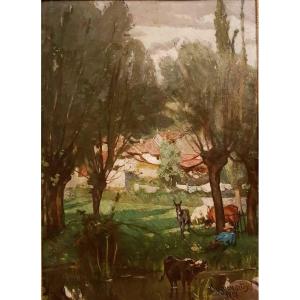





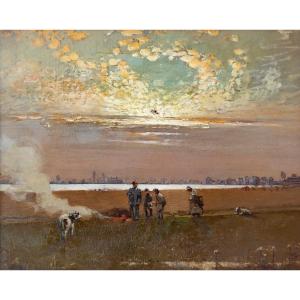
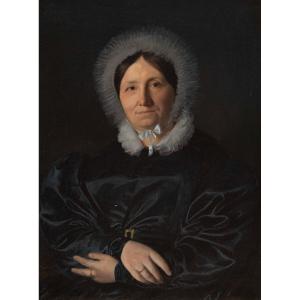


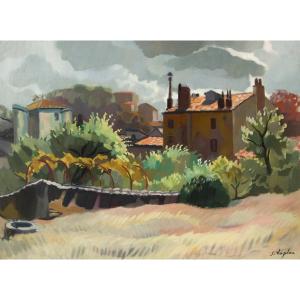



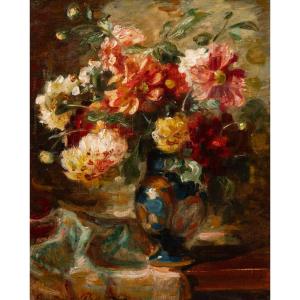


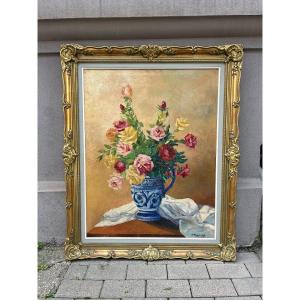





 Le Magazine de PROANTIC
Le Magazine de PROANTIC TRÉSORS Magazine
TRÉSORS Magazine Rivista Artiquariato
Rivista Artiquariato